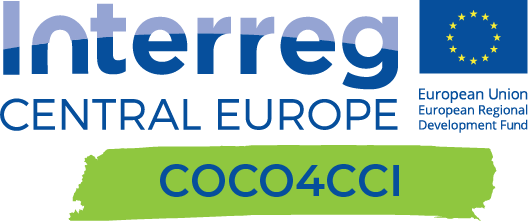Creativity and the cultural industry are an essential part of the post-industry age. While creativity contributes to product innovation and building strong brands, digital technologies bring new opportunities to manufacturing and today’s intangible economy. In the years 2019 to 2022, the aim of the project called Culture and Creative Industries COOPERATION COLLIDER (COCO4CCI) was to connect the cultural and creative industries (CCI – Cultural and Creative Industries) with advanced manufacturing companies (AVM – Advanced Manufacturing) and to create less traditional forms of cooperation.
In April 2019, Creative Industry Košice joined the six partner countries (Slovenia, Austria, Slovakia, Germany, Italy, and Poland), which decided to support cross-sectoral collaboration and the innovation process in technological companies within the Interreg Central Europe programme. Despite the seemingly different fields of activity, well-established cooperation can bring innovative products and ensure the application of the circular economy in practice. Thanks to this, modern manufacturing companies can differentiate themselves from their competitors.
Concept COoperation COllider
A pair of partners took part in the project in each participating country. One of them represented the creative industry and the other provided links to business – including manufacturing. The tandem partner of Creative Industry Košice was Slovak Business Agency (SBA). According to Ladislava Juházová, who covered the project within CIKE, thanks to this collaboration, the project went through the whole process to a successful end. “I was lucky that my colleagues in the SBA were two skilled professionals, Andrej Špánik and Denisa Rášová, who also brought to the collaboration a human dimension. While CIKE is focused on the cultural sector, the SBA has better connections and more experience with small and medium-sized enterprises. Our tasks often overlapped, and we complemented each other when it was necessary.” Denisa evaluates the situation similarly: “Participation in the project with CIKE has shown how necessary and valuable cross-sectoral collaboration is. Thanks to the cooperation with CIKE, we could evenly cover the activities of the west and east of Slovakia and connect target groups from both parts of the country. “
„Representatives of the creative sector are much more open to cooperation, use a less formal vocabulary, and are able to make contact faster, which pleasantly suprised us and led to the smooth implementation of the project.”
Denisa Rášová, SBA
From mapping examples of good practice to a transnational strategy
The project implementation consisted of several phases. One of the first activities of the project was to map the examples of good practice, which includes the result of cooperation between the creative sector and modern technological production in Slovakia. The open calls were used to connect both sectors further. Technology companies could apply their specific problem and the creatives to offer the solution to the given challenge. “In the next phase of the project, we prepared an educational program for people from the creative and cultural industries, which focused on topics such as technological development, future trends, skills development for successful cooperation with the manufacturing sector, identifying needs and possible areas of cooperation between the creative industries and manufacturing companies,” says Ladislava. One of the project’s main outputs was preparing a transnational “COoperation COllider” strategy based on the methods and procedures developed during the project. All these activities took place with the tandem partners of the participating countries in parallel.
The future of the circular economy
Open calls to which creatives and advanced manufacturing companies of various sizes and specializations could apply were subtitled CREATIVITY4CIRCULARITY and related to the circular economy theme. “Circular economy tries to maintain the value of materials and products in the economy as long as possible and at the highest possible level. This principle aims to eliminate waste from the economy through closed cycles. We consider the generated waste a source that we return to circulation.” This is how Denisa describes the importance of the circular economy and emphasizes its connection to the creative sector.
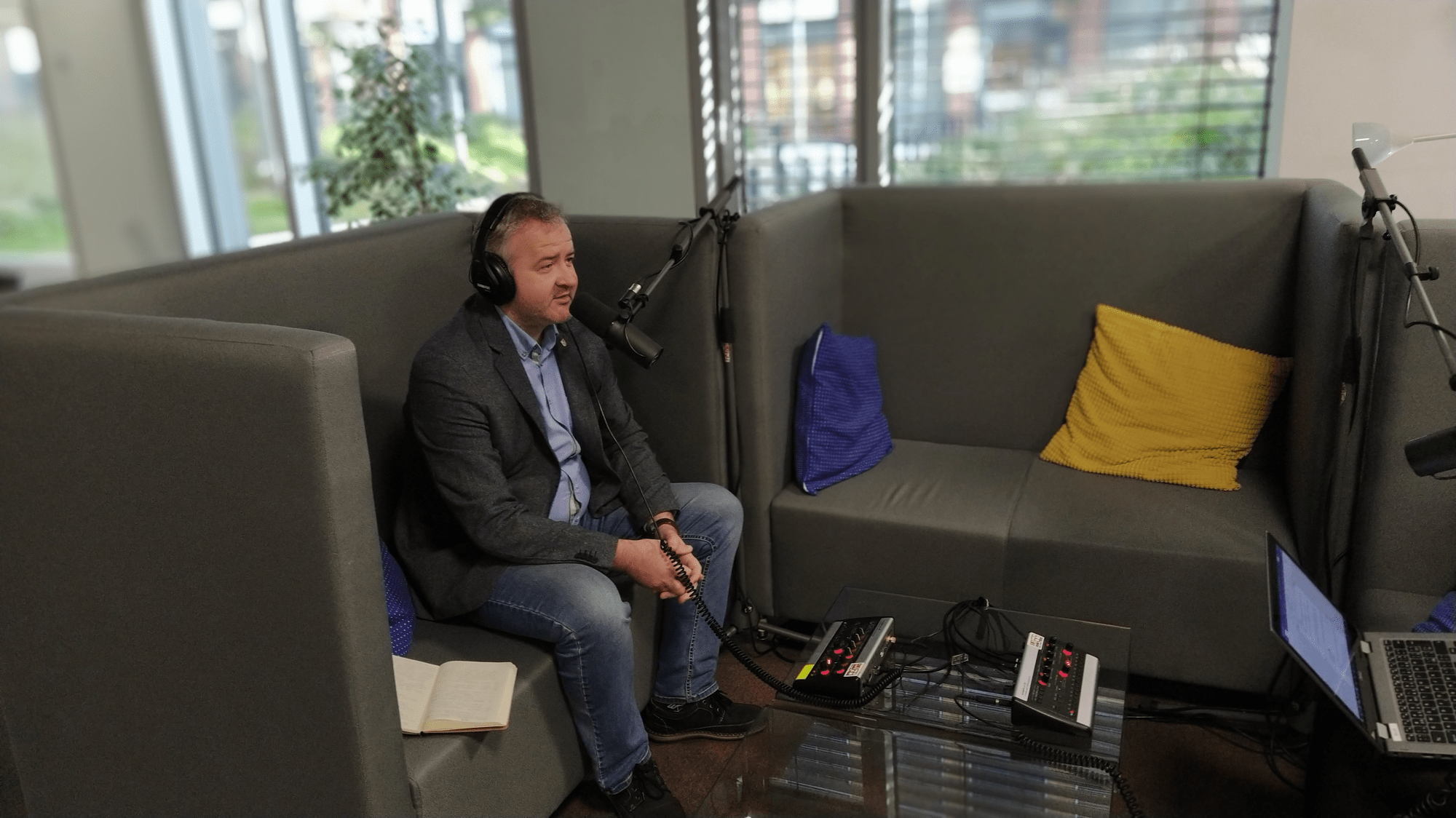
There were two ways to contact the companies – through the open call called “INOVÁCIE INAK” and by the direct contact of the companies with which the SBA has worked in the past. A total of seven collaborations were established between the CCI and the AVM sector within the call. Creatives had to design a marketing campaign or the solution to reuse the waste materials. For example, from the city of Košice, U.S. Steel Košice or Faurecia Automotive Košice joined the calls. Six podcasts were also created on the topic of Creativity for Circularity, in which Denisa Rašová from SBA discusses with various experts on the topics of mindset, technology, and trends.
„The role of the creative sector in the transition to a circular economy is irreplacable. For example, design at 80% affects the impact of a product at the end of its life.“
Denisa Rášová, SBA
Through education for better understanding
An important and, at the same time, the most extended phase of the project was the training, which lasted until the end of the project in March 2022. The organized Infodni had an essential role in raising awareness of the cooperation between the CCI and the AVM sectors. Thanks to them, this concept of cooperation reached the broad public. Due to the unfavorable pandemic situation, a large part of the education moved to the online space, which significantly affected the networking between the two sectors. Workshops for creatives organized during the project were focused on three areas to help creatives understand the thinking of AVM companies. It was an area of trends, technologies, and improving communication skills or knowledge about business models. Other topics necessary for successful cross-sectoral cooperation gradually emerged during the training phase. At the initiative of the creators, workshops such as Digital Data in Industrial Production or Service Design Workshop were created.
The importance of these workshops is also evidenced by the fact that many creatives have attended them regularly. One of them was Dušan Kutlík, a product designer who proposes comprehensive solutions for clients in the field of physical products. He considers the workshops to be very beneficial and appreciates that he was able to gain personal contacts with professionals.
„One of the moments for me was to find that we could design a way to work with the client. We can design the cooperation so that the client enjoys it as much as possible with us.“
Dušan Kutlík, produktový dizajnér
In the summer, in addition to the workshops, we also managed to organize a technology workshop focused on additive (3D printing) and reductive (CNC) production methods, which took place at COLAB a.s. in Trnava. “In addition to theoretical knowledge and practical demonstrations, those interested could also take part in a guided tour of the company’s production part,” recalls Ladislava. Similar excursions with creatives took place in the company U.S.Steel Košice and Faurecia Automotive Košice. Both companies were active participants in the project with successful cooperation.
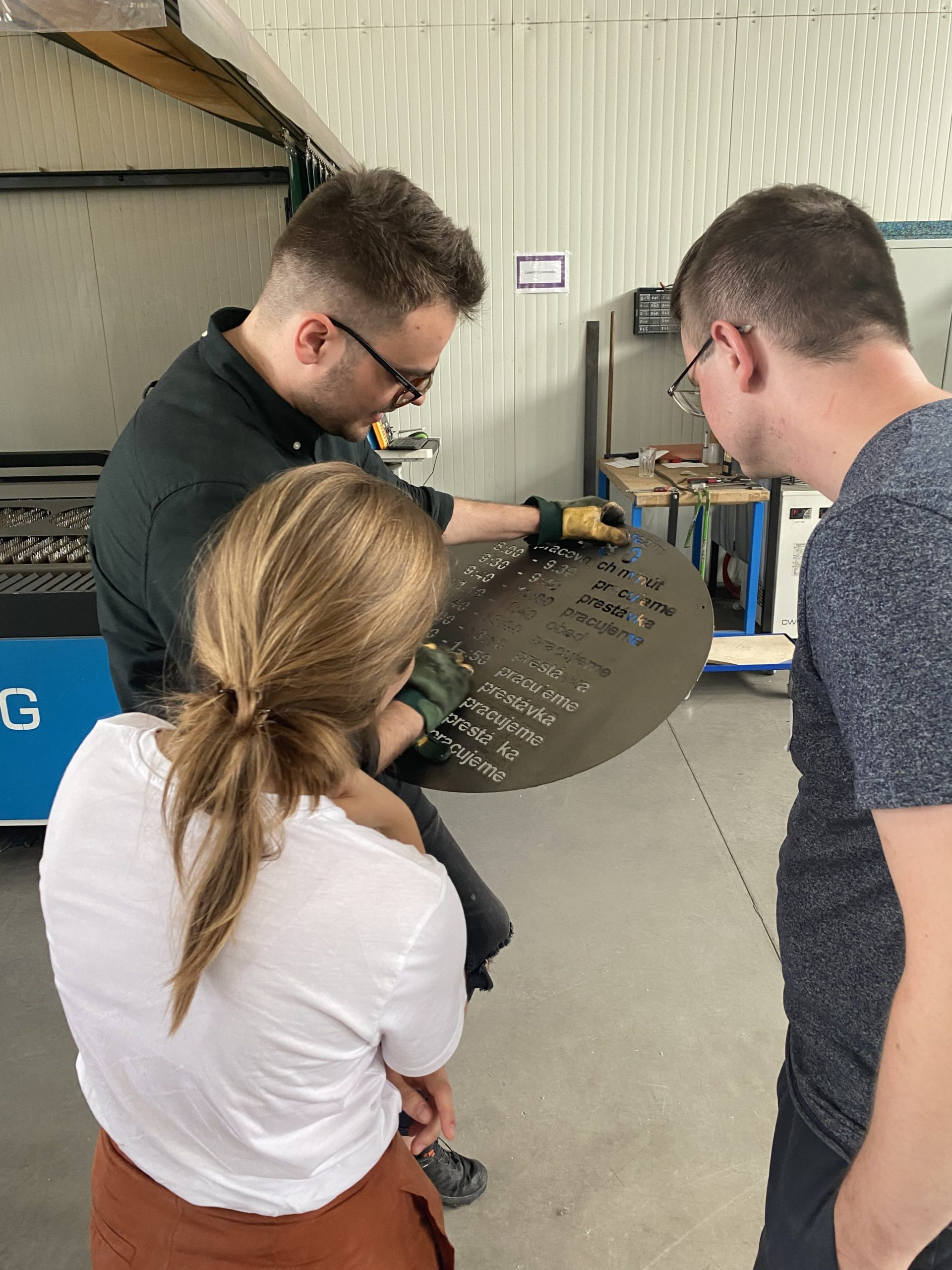
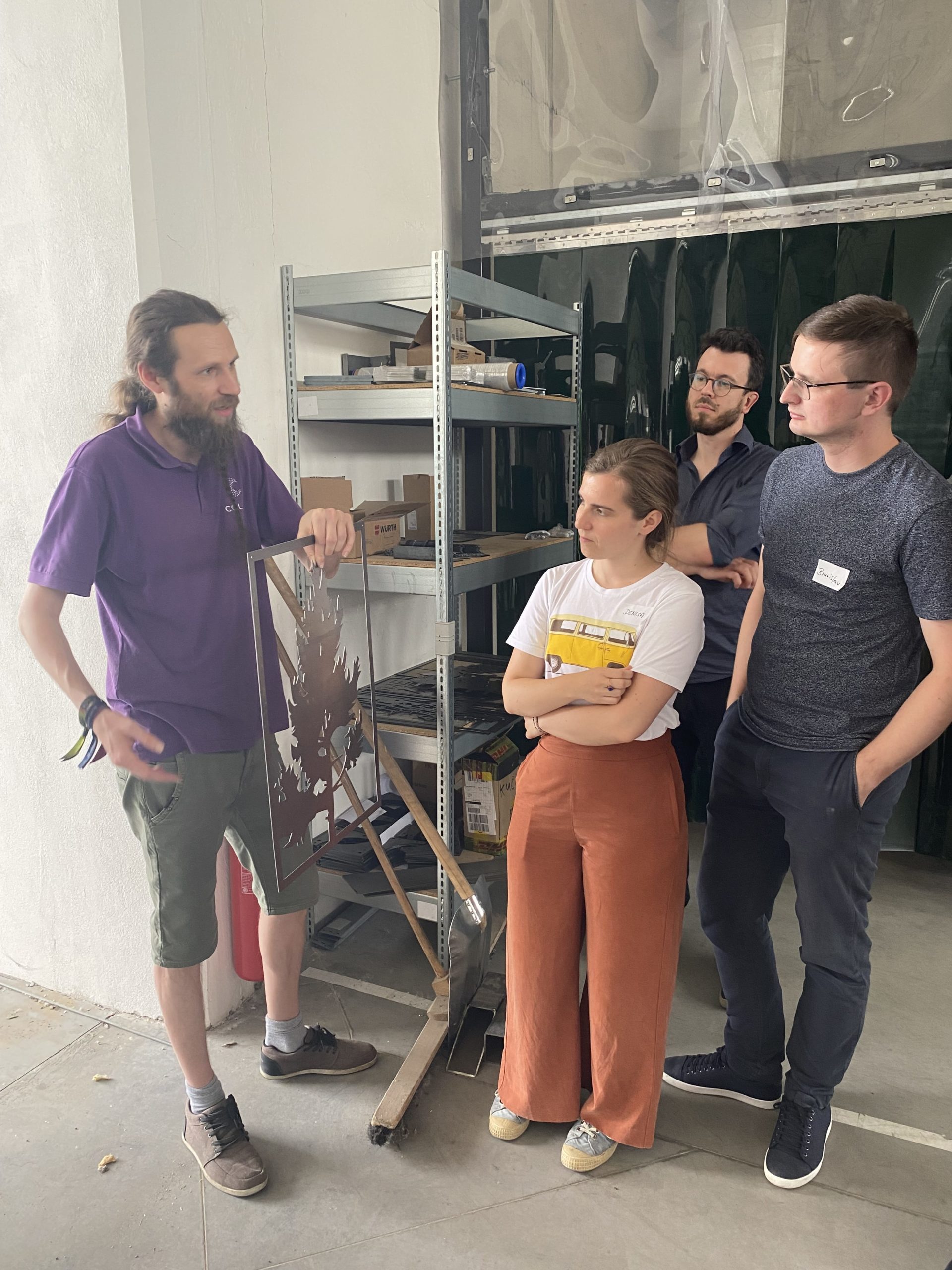
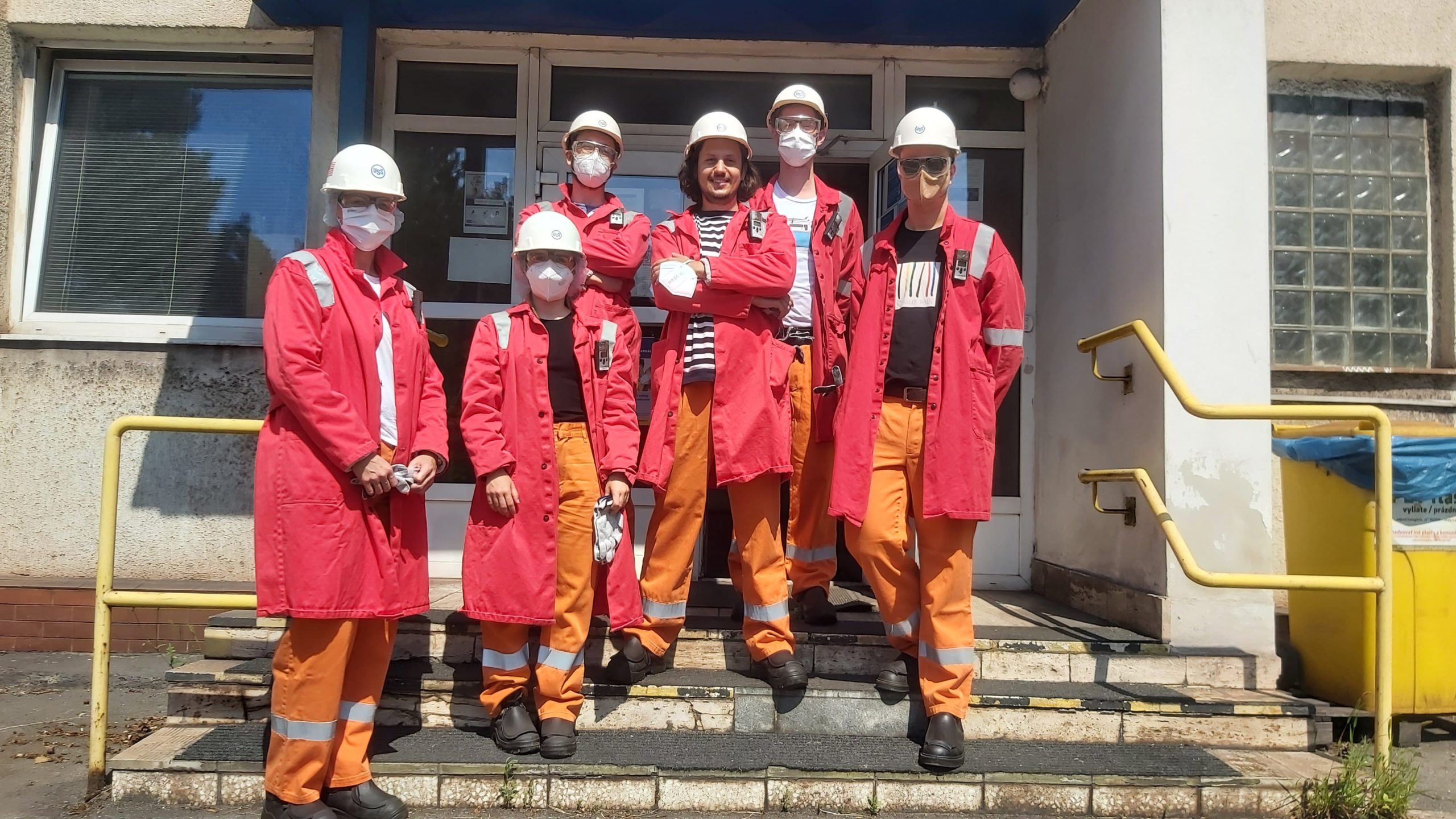
How to cross-sectoral cooperation
A key factor for successful cooperation was the mediator in all participating countries, who helped coordinate the whole process of collaboration between the CCI and AVM sectors. A transnational strategy should help to ensure that cross-sectoral cooperation continues to develop. It was created from outputs and practical examples collected during the project. It aims to bring a comprehensive methodology of cross-sectoral collaboration tested in the conditions of six countries. The shortened form of the strategy is a set of policy recommendations identified during implementation. The extended version contains a proven methodology that can be applied to create cross-sectoral partnerships. Both versions of the transnational strategy are publicly available on the project’s official website in English; Slovak versions are available here.


The COCO4CCI project is supported by the Interreg CENTRAL EUROPE Programme funded under the European Regional Development Fund.
